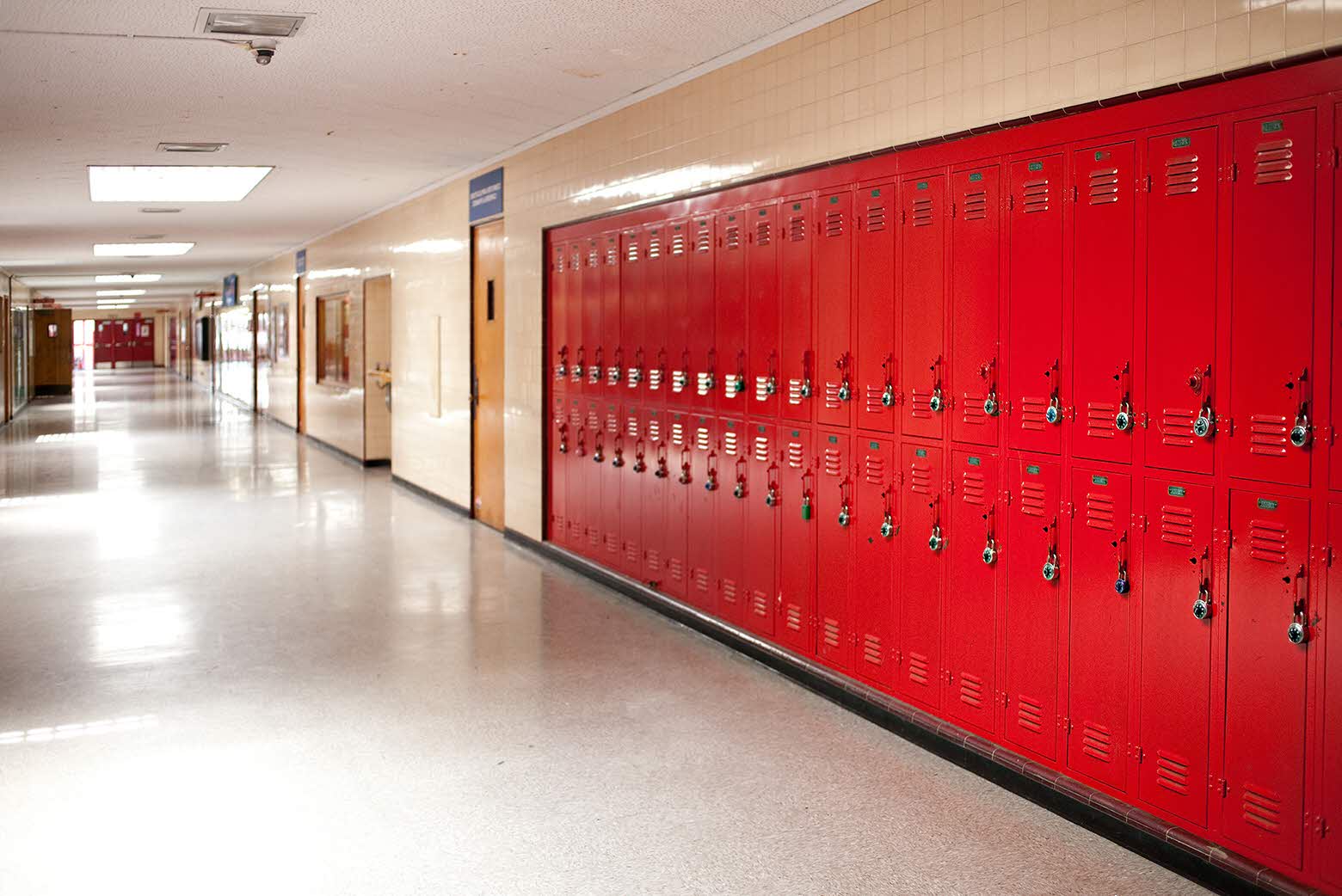
An official website of the United States government
Here’s how you know
Official websites use .gov
A .gov website belongs to an official government organization in the United States.
Secure .gov websites use HTTPS
A lock (
) or https:// means you’ve safely connected to the .gov website. Share sensitive information only on official, secure websites.
-
//
- Census.gov /
- America Counts: Stories /
- Largest Annual Increase in Public School Spending Since 2008
United States Invested More Than $694B on Elementary and Secondary Public School Education in Fiscal Year 2017
There are around 48.6 million children enrolled in public elementary and secondary education in the United States. But how much are we spending on their education?
The nation spent a total of $694.3 billion on public school systems in fiscal year 2017, up 4.4% from FY 2016, according to Census Bureau statistics released today.
It was the largest yearly increase in total expenditure since 2008.
The increase in public school spending is happening at a time when the gross domestic product (GDP) reached an all-time high in 2017, according to the U.S. Bureau of Economic Analysis.
The five states that had the highest percentage increases in total expenditure from FY 2016 to FY 2017 are the District of Columbia (13.7%), Nevada (9.5%), Texas (7.6%), Idaho (7.6%) and Tennessee (6.9%).
While total expenditure increased by 4.4%, total revenue increased by 3.4% compared to 2016.
The total expenditure for elementary and secondary education included 88.0% in current spending ($610.9 billion), and 9.0% in capital outlay ($62.2 billion).
Current spending is comprised of expenses for day-to-day activities, including salaries for teachers and most other school system employees.
School systems are spending more on teachers. Instructional salaries was the largest overall expenditure category: $229.2 billion in FY 2017, accounting for 33.0% of total spending.
Overall, per pupil expenditure in the United States is up 3.8% from 2016, to $12,214 per student. Spending on instructional activities made up 60.6% ($370.5 billion) and support services made up 34.3% ($209.4 billion).
These statistics come from the 2017 Census of Governments: Finance — Annual Survey of School System Finances. Education finance data include revenues, expenditures, debt and assets (cash and security holdings) of elementary and secondary (prekindergarten through 12th grade) public school systems.
Statistics cover school systems in all states, and include the District of Columbia. These statistics are not adjusted for cost-of-living differences between geographic areas.
The Census Bureau is exploring the possibility of a data product that would use the newly released Comparable Wage Index for Teachers from the National Center for Education Statistics. The index adjusts school system financial data for cost-of-living differences.
Share
 Yes
Yes
 No
NoComments or suggestions?


Top

